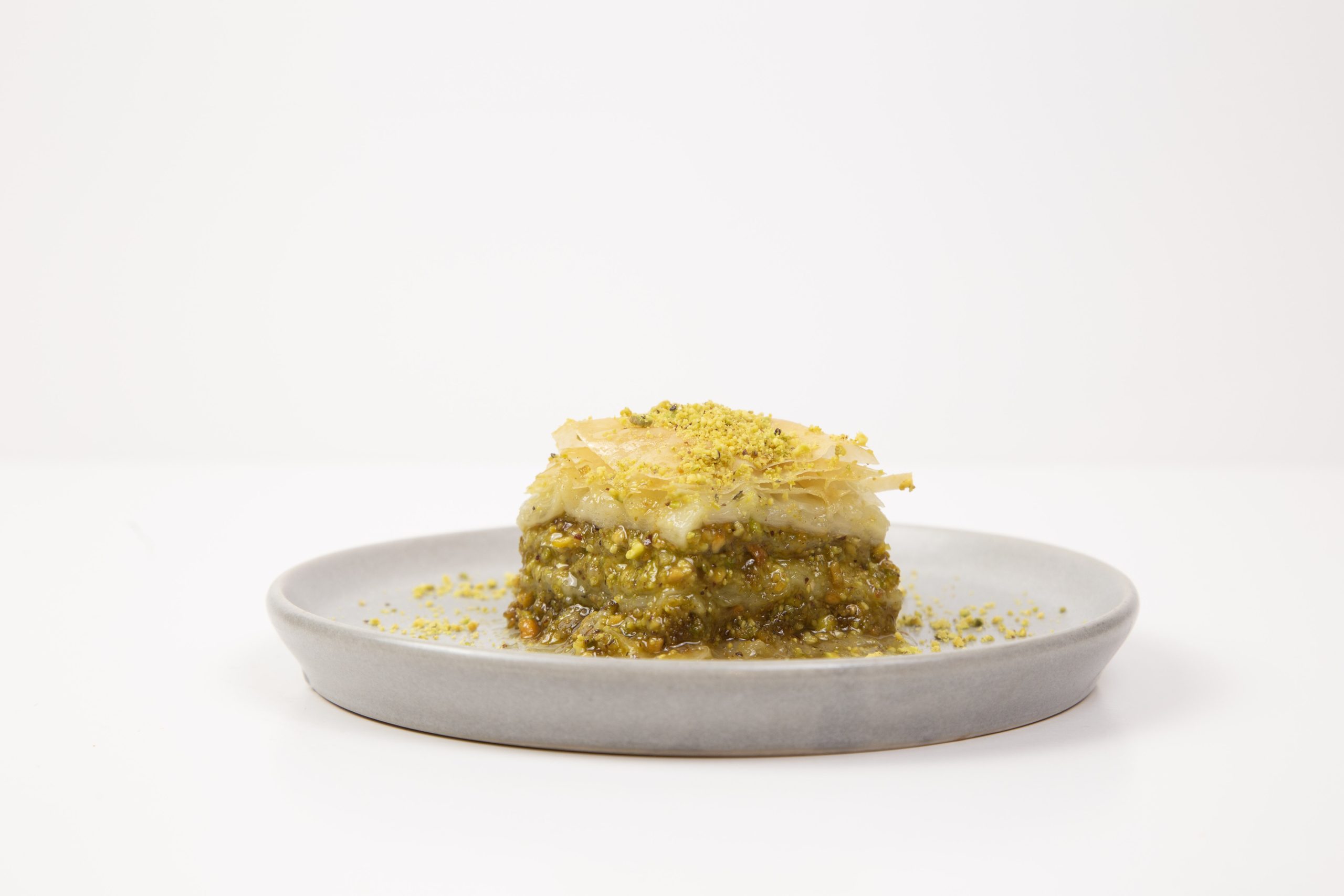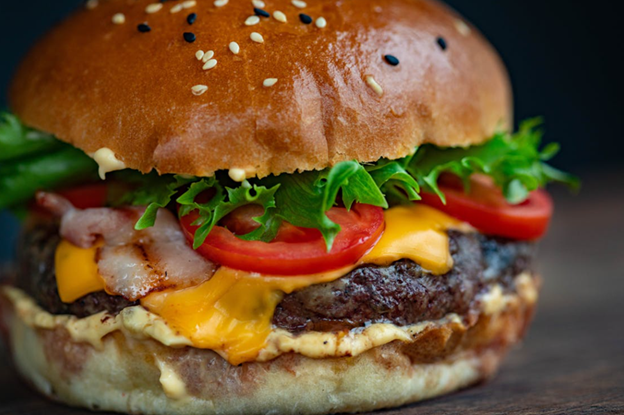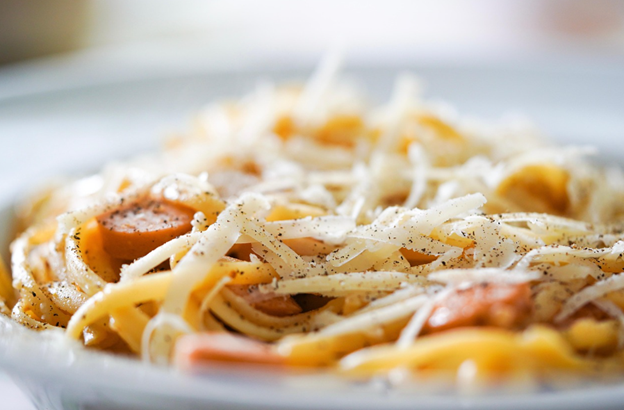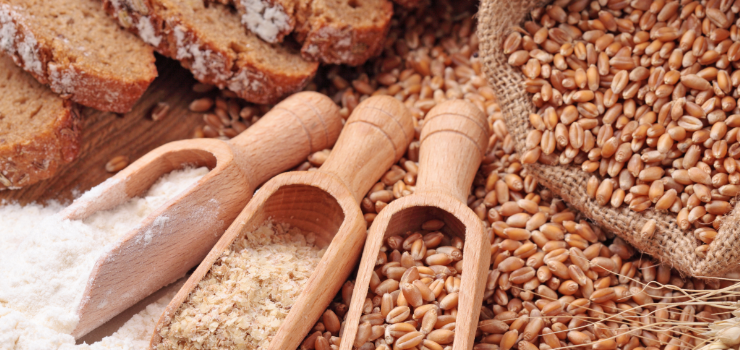Baklava: The Irresistible Sweet Treat of the Mediterranean

Few desserts can evoke the same sense of indulgence, decadence, and exoticism as baklava. This delectable pastry, which hails from the Middle East and Mediterranean region, has won the hearts and taste buds of people around the world. With its layers of flaky phyllo dough, rich nut fillings, and sweet, fragrant syrup, baklava is a symphony of textures and flavors that has been enjoyed for centuries.
A Brief History of Baklava: From Ancient Persia to Modern Delight
Baklava’s history is as rich and layered as the dessert itself. Its origins can be traced back to ancient Persia, where a similar sweet pastry called “lauzinaq” was enjoyed by royalty and the elite. As the Baklava recipe traveled through the centuries and across different empires, it underwent various transformations, eventually becoming the beloved baklava we know today.
The word “baklava” itself is believed to have originated from the Mongolian-Turkic word “baqlağu,” which means “to tie, wrap up, or pile up.” This name is fitting, as baklava is essentially layers of phyllo dough wrapped around a sumptuous filling of nuts, spices, and syrup.
Ingredients: The Building Blocks of Baklava
Baklava is celebrated for its simple yet harmonious combination of ingredients. While there can be regional and personal variations, the core components include:
1. Phyllo Dough: The backbone of baklava, phyllo dough is a paper-thin pastry made from flour, water, and a touch of oil or butter. Its thin layers create the delicate, flaky texture that defines baklava.
2. Nuts: The most common nuts used in baklava are walnuts, pistachios, and almonds. These nuts are typically finely chopped or ground and are mixed with sugar and spices to create a flavorful, nutty filling.
3. Spices: Cinnamon and cloves are the most traditional spices used to season the nut mixture. Some recipes may also include cardamom, allspice, or even a hint of rosewater for added complexity.
4. Syrup: The syrup is the sweet glue that holds baklava together. It is typically made from a combination of sugar, water, and lemon juice, and it is often flavored with a splash of rosewater or orange blossom water. This syrup is poured over the baked baklava, saturating it with sweetness.
5. Butter or Oil: Phyllo dough needs a generous brushing of melted butter or oil between each layer to achieve that delightful flakiness. This step also adds a rich, buttery flavor to the finished product.
The Art of Baklava-Making: A Delicate Dance of Layers
Making baklava may seem intimidating at first, but with practice and patience, anyone can master this delightful dessert. Here’s a simplified overview of the process:
1. Prepare the Nut Filling: Start by grinding or finely chopping your choice of nuts and mixing them with sugar and spices. This fragrant mixture will be the heart of your baklava.
2. Layer the Phyllo Dough: Lay out a sheet of phyllo dough and brush it generously with melted butter or oil. Repeat this process, stacking multiple layers on top of each other. Typically, around eight to ten sheets are used as the bottom layer.
3. Add the Nut Filling: Sprinkle a portion of the nut mixture evenly over the phyllo layers. Repeat this step several times, alternating between phyllo and nut layers, until all the nut filling is used.
4. Finish with Phyllo: Place a final layer of phyllo dough on top, and be sure to brush it with butter or oil. This top layer should be as crisp and golden as possible.
5. Cut into Diamonds: Using a sharp knife, cut the baklava into diamond or square-shaped pieces before baking. This will make it easier to serve later.
6. Bake and Soak: Bake the baklava in a preheated oven until it’s golden brown and crisp. While it’s still hot, pour the prepared syrup over the baked baklava, allowing it to soak in and infuse every layer with sweetness.
7. Cool and Serve: Let the baklava cool completely before serving. This allows the syrup to set, creating a delightful contrast between the crisp layers and the sweet, sticky filling.
Cultural Significance: Baklava as a Symbol of Celebration
Baklava is more than just a dessert; it is a symbol of hospitality, celebration, and cultural identity in many Middle Eastern and Mediterranean societies. It is commonly served during festive occasions, such as weddings, religious holidays, and family gatherings. The act of preparing and sharing baklava is a cherished tradition that brings people together.
In some cultures, the making of baklava is a communal activity, with family members and friends coming together to assemble and bake trays of this delectable treat. It is a way of passing down culinary traditions from one generation to the next and strengthening bonds within the community.
Baklava Around the World: Regional Variations and Adaptations
Baklava has spread far beyond its Middle Eastern and Mediterranean roots, and its popularity has led to countless regional variations and adaptations. In Greece, for example, baklava is often made with walnuts and honey, while in Turkey, it is frequently prepared with a pistachio filling. In the Balkans, baklava is called “baklawa” and is also a beloved dessert.
Outside of its traditional heartland, baklava has found its way into the culinary world of Western countries, where it is often enjoyed in upscale restaurants and at special occasions. It has even become a favorite treat in Middle Eastern and Mediterranean bakeries and cafes worldwide.
Baklava – A Sweet Masterpiece with Universal Appeal
Baklava is a testament to the enduring allure of Middle Eastern and Mediterranean cuisine. Its layers of history, culture, and flavor make it a dessert that transcends borders and generations. Whether you savor a piece of baklava at a family gathering, a street-side café in Istanbul, or a fancy restaurant in New York City, its sweet, nutty, and flaky perfection is sure to leave a lasting impression. So, the next time you have the opportunity, don’t miss the chance to experience the magic of baklava – a true masterpiece of the dessert world.






